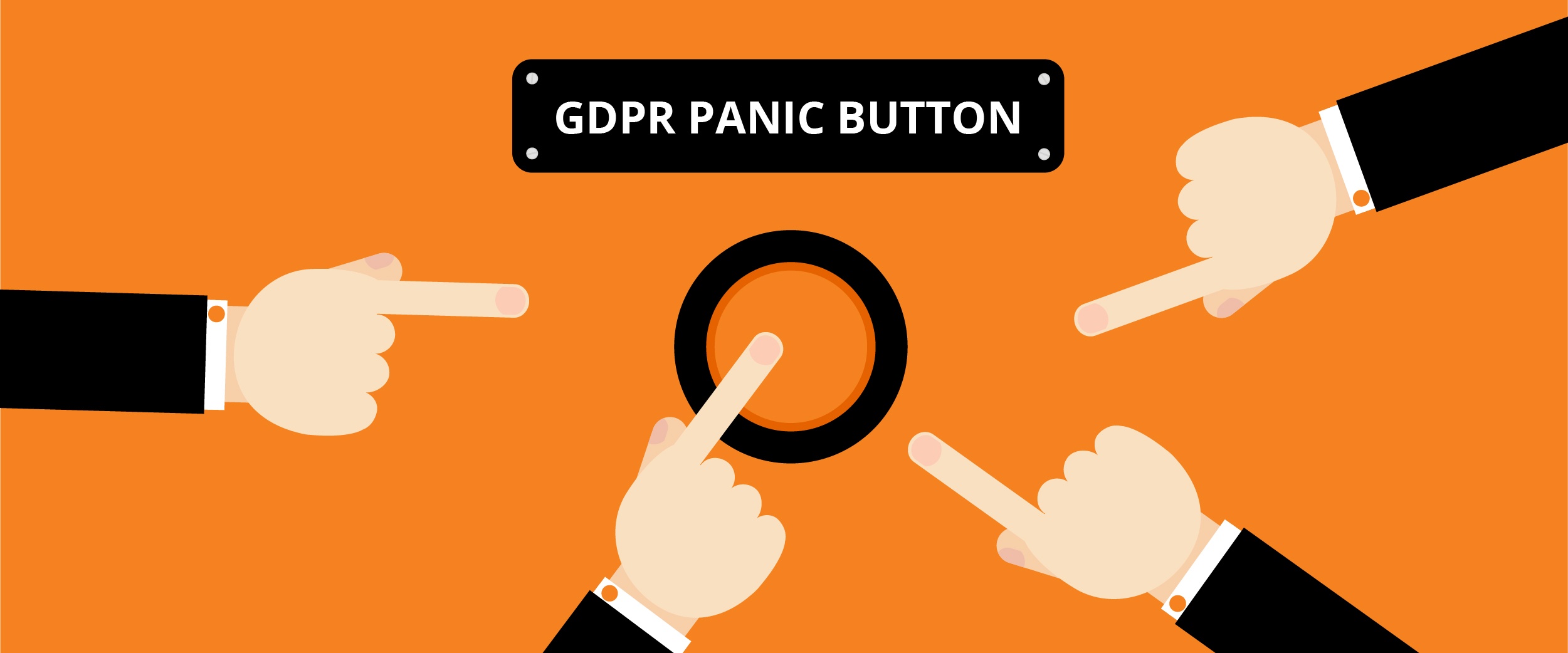Since the introduction of the General Data Protection Regulation (GDPR) earlier this year, marketeers and companies alike have had to adapt their marketing strategy. As of 25 May, organisations now face a host of new challenges with rules for data management at the very heart of GDPR.
Traditional methods, such as purchasing mailing and calling lists, is riskier than ever – not only is it expensive, but you now need to ensure that data is GDPR compliant. There is also the danger that, thanks to low levels of opt-in consent for various businesses, the quality of purchased lists can be poor and incomplete.
In a further blow to those who adopt a scattergun approach to marketing, the days of collecting business cards at an event and throwing them into your main mailing list are over, as are the days of automatically dropping web cookies on your prospect without their prior consent.
Many organisations have seen their mailing lists decimated and building a sustainable, yet engaged, database of contacts is one of the biggest challenges marketers now face post GDPR.
Doing so isn’t easy, but here we have outlined some key tips about how to build a compliant GDPR database.
Permission Marketing
In the run up to the 25 May you would have no doubt been inundated with permission-based communications asking you to opt in to mailing lists. Permission marketing gives consumers a choice to opt-in to receive relevant content and is seen as a way of building relationships with prospects who have an interest in your product or service. Permission marketing is a low-cost way of advertising to your prospects and helps you on your path to creating long-term communication with your potential customers.
Inbound Marketing
Inbound marketing is an innovative approach which puts the consumer first. Traditionally, outbound marketing involves methods which are considered interruptive to customers, such as adverts, mass email marketing and telemarketing – all of which are tactics that are not ideal for building a sustainable marketing database.
Inbound marketing, however, focuses on attracting customers and prospects appropriate to your business, through relevant and engaging content.
Inbound Marketing Methodology
The inbound marketing methodology is broken down into four key stages:
- Attract
- Convert
- Close
- Delight
These four actions are how you transform strangers into visitors, then leads, customers, and finally into promoters. These steps performed together are a perfect recipe to helping you build a sustainable marketing database.
By following these four stages, customers and consumers are able to find you through channels relevant to them – such as search engines, blogs and social media. By creating quality and engaging content you can attract qualified traffic to your website.
Nurturing Your Leads
The inbound marketing method provides businesses with a multi-channel approach, giving consumers the ability to reach you on their preferred platform. Good quality, relevant content will educate consumers and position you and your business as industry experts. Effective use of online marketing platforms will share this content while keeping your brand in the forefront of the minds of your ideal customers. To learn more about inbound marketing then download our free eBook by clicking here.
Discover how to build a sustainable marketing database with inbound marketing
If you are unsure about how you can build and develop your marketing database post GDPR, then attend our event on July 13 and discover how inbound marketing can help you grow your business.
r//evolution’s digital director, Adam Blenkinsop, will outline how your organisation can uncover new business opportunities and what you need to do to make the most of GDPR.
Spaces are very limited so register your interest today and secure your spot.





